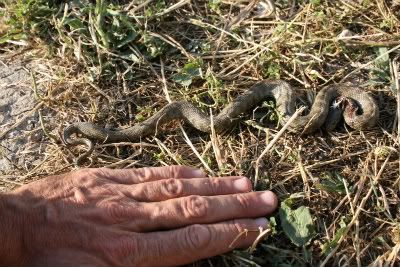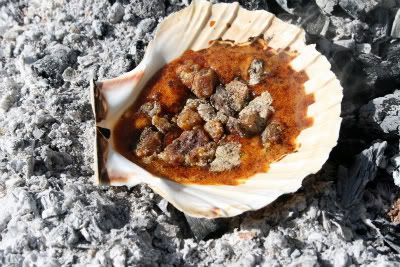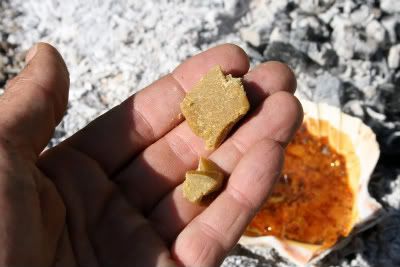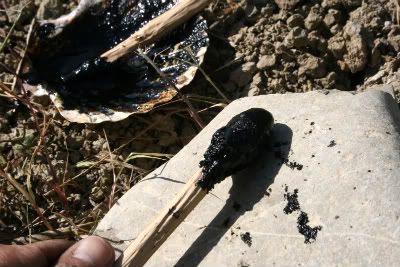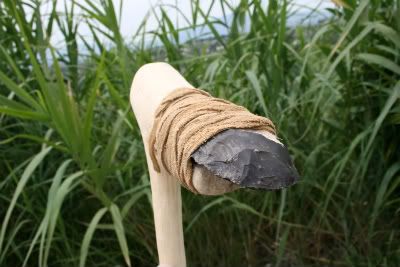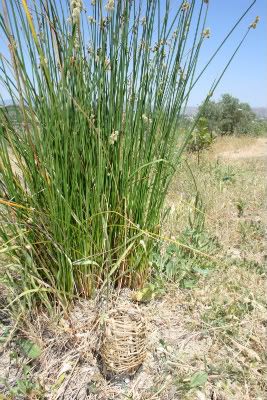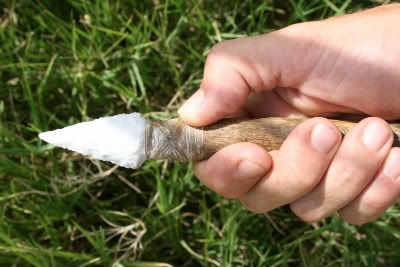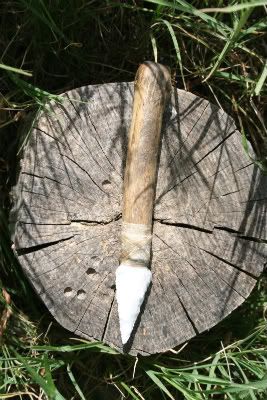Nuestro gato es muy buen cazador. Habitualmente, nos trae a casa sus capturas; ratones, ratas, ranas, etc. Hace ya unos días, nos trajo una pequeña culebra. La verdad es que me fastidió bastante, ya que me gustan estos reptiles, pero tampoco podemos hacer nada para evitar que el gato sigua su instinto. El caso es que no se comió la culebra (como hace con los roedores) y, ya que estaba muerta, decidí tratar de aprovechar la piel. Los nativos americanos utilizaban la piel de estos reptiles para sus arcos.
Era la primera vez que hacía algo así, por lo que utilicé una multiherramientas, en vez de algún útil primitivo. La verdad es que el proceso fué más fácil de lo que pensaba. Empecé abriendo desde el recto hacia arriba y separando la piel de la carne (bastante limpia y apetecible, la verdad). Una vez obtuve toda la piel, la limpié con agua y la clavé por sus bordes a una tabla para su secado. Igual puedo aprovecharla para forrar un propulsor. He colgado muchas más fotos aquí: http://paleoforo.foroes.net/curtido-y-vestimenta-f20/despellajar-una-culebra-t211.htm.
Our cat is a very good hunter. Usually, he brings home all his captures: mouses, rats, frogs, etc. A few days ago, he brought a little snake. A shame, ´cause a do like this animals, but i cant help him to refain his instintc. The thing is that he didnt eat the snake, and, since it was already dead, i decided to try to get the skin. Native americans used to get them for their bows.
It was my first attampt to do something like this, so i used a modern multitool, instead of a primitive one. Actually the process was quite simple: i started opening the snake from its rectum all the way up and separeting the skin from the flesh (quite clean and appetizing, actually). Once i get it, i washed it in fresh water and then i nailed it to a board. I may be able to use it on an atlatl. There is some more pics here: http://paleoforo.foroes.net/curtido-y-vestimenta-f20/despellajar-una-culebra-t211.htm.

